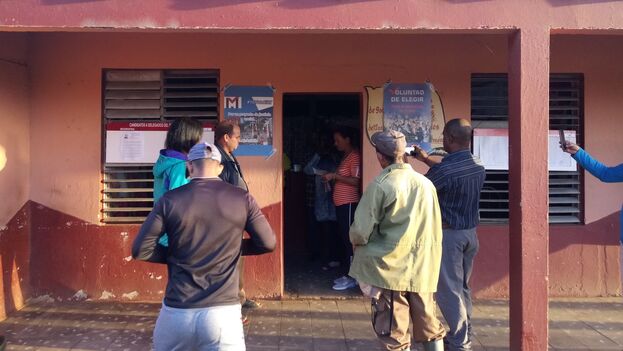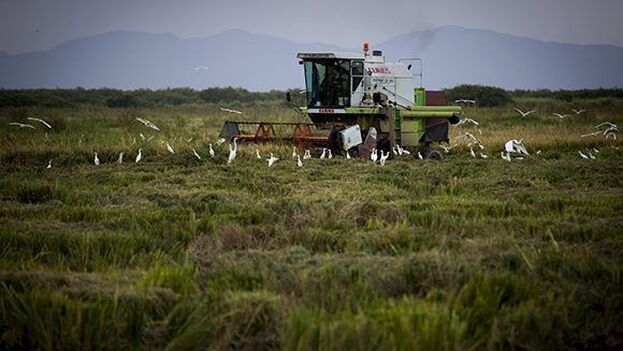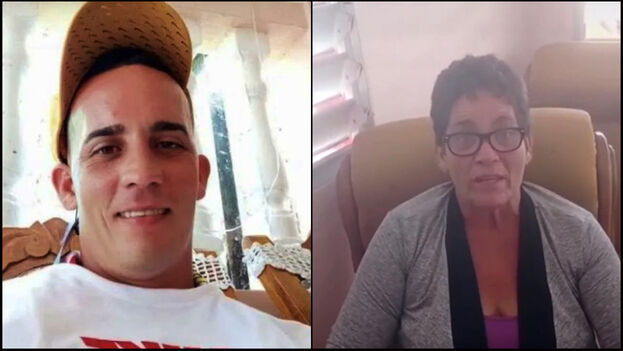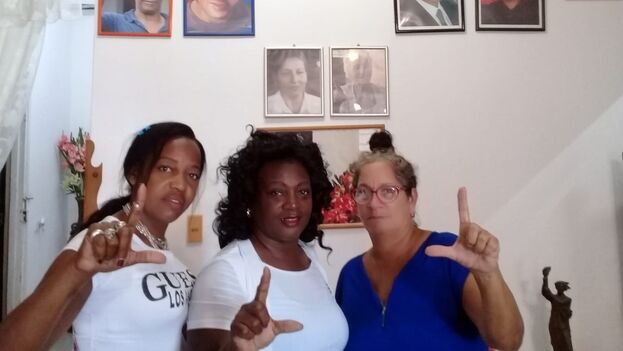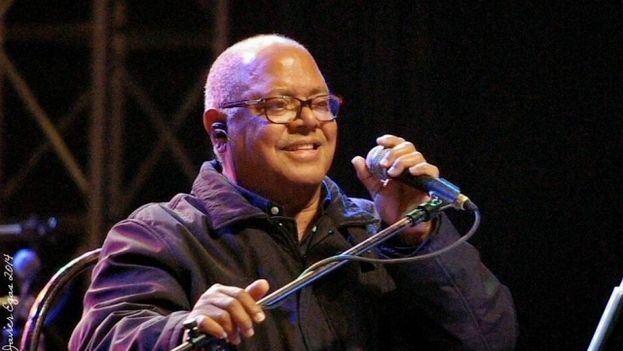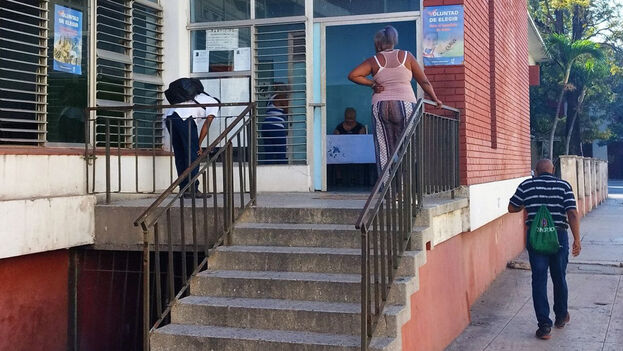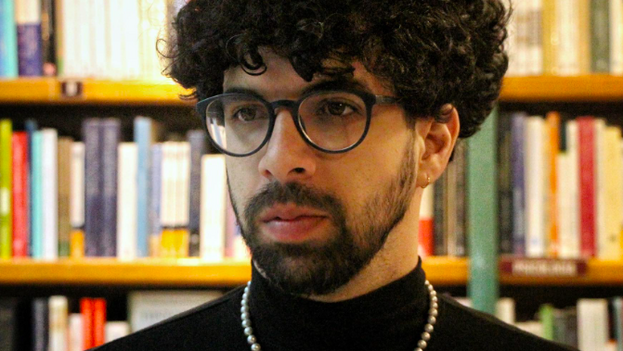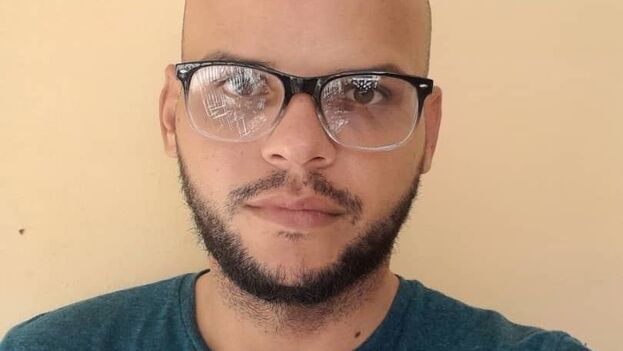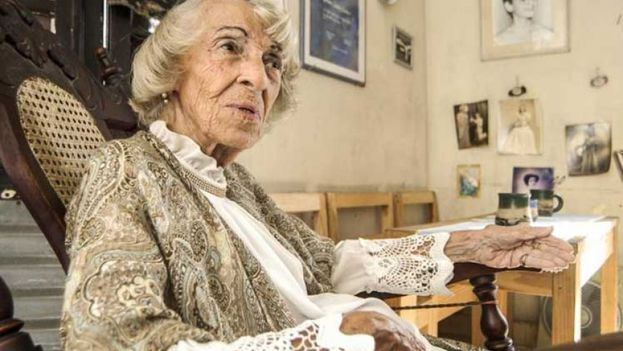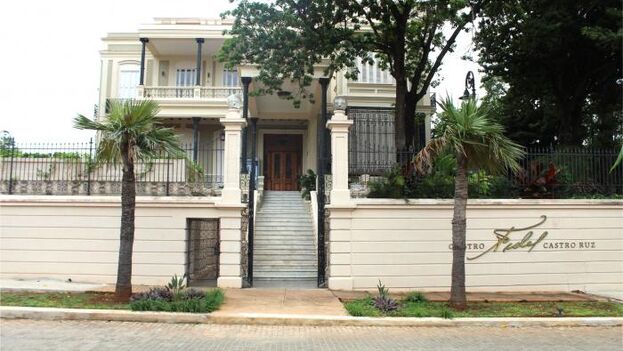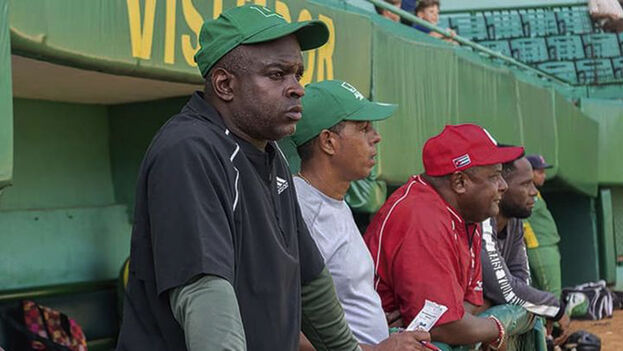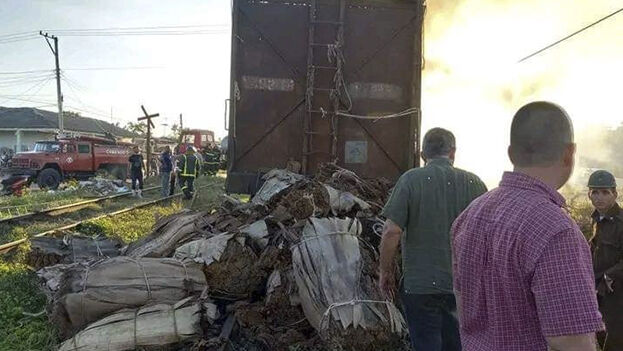It goes without saying that he did not accept. Upon leaving the UC, he could not help but take a picture of the old mantra of State Security, freshly painted on the wall plaster: “The university is for the revolutionaries.”
At the university, the head of human resources and the dean told me that the students follow me on social networks, they agree with what I publish and with my ideas. No one has published anything, of course, because they are afraid of losing their university career. They are afraid of being repressed or closely monitored by a professor.
Another element, according to them, is that I am a negative influence on the students, due to my openly contrary position to the Island regime. If I do not agree with the political system or the people who lead it, how can I prevent students from feeling themselves reflected and doing the same? continue reading
It seems that they do not know that a university student – and much more so those in journalism – has the ability to reason and realize the social problems we are experiencing. Everyone is suffering from them equally.
14ymedio. Why take this measure against you right now? Did you expect that level of radicalism that involves discarding a professor in the midst of the educational crisis that the Island is going through today?
Tan Estrada. Cuban universities have been characterized by being a repressive body against anyone who, within the faculty or students, opposes the Government. Because, supposedly, as it is written on that famous sign at the entrance of the UC, “the university is for revolutionaries,” complemented by that other no less famous: “Within the Revolution everything; against the Revolution nothing.”
There are plenty of examples. At UC itself, we have José Raúl Gallego, José Alemán, Henry Constantín, Eliecer Jiménez… countless students and professors who have gone through the university and who have experienced that type of repression. I am neither the only nor the first, nor will I be the last.
Of course, I knew that a measure would come against me, because of my “antecedents.” I lived closely the case of Professor Gallego, as he was prosecuted and discriminated against for his political ideas, despite being an excellent professional. One of the best I’ve had, without a doubt. What I did not expect was that the summons would be surprising, without prior notice, almost at the time of going home.
It was a kind of circus. How could I imagine it? That half hour showed me that the dictatorship can be unpredictable and knows how to shuffle its cards well.
Of course, having a regime opponent inside a university is not the same as being expelled “washing their hands,” of me as they did. They told me openly that the reason was because my statements, ideas and attitudes were against the principles of the Cuban Revolution. In addition, I was told that I used my knowledge and intelligence based on that negative influence.
Unfortunately, students do not decide, or do not have the courage yet, to pronounce openly.
14ymedio. What did you teach them?
Tan Estrada. The subject of Hypermedia Journalism, in the day course, to journalists; and that of Digital Language and Hypermedia Communication to social communicators, in the course for meetings for workers.
14ymedio. What did those young people think of your expulsion?
Tan Estrada. Many sent me messages of support, standing against the measure and the way it was taken. They tell me that I will continue to be their professor, as I said on Facebook. I posted those messages to show them what my “bad influence” on students consisted of. If I were so bad, they wouldn’t have sent even a message. I am very attentive to them and if something happens to them I will report it.
14ymedio. Don’t the most innocent “other jobs” that they offer you have a kind of humiliating intention?
Tan Estrada. Humiliating, crushing, repressive. A low intention and blackmail. I am sure that both the provincial director of Labour, the Human Resources and the dean of my faculty knew that none of those places have to do with my profession. The intention was to lower myself from graduate to technician. They want to shut me up and overshadow me. It’s normal.
14ymedio. Does the radicalism of the State and its “educational arm” force it to be more radical?
Tan Estrada. The radicalism of the State consists of repressing everyone who wants to unmask it. If you have a photo [on Facebook] and don’t use a fake profile, they increase the repression. And then you’re forced to increase your fight against this dictatorship. They force you to separate yourself from your friends, from your students, from everything you have built.
My commitment, my strength, is with the Cuban who has to fight to see what to wear, how to dress, what to eat. Those stories that the regime silences and hides, through my weapon, which is journalism, I need to make known.
14ymedio. Can you expect an awakening from university students?
Tan Estrada. University students are already waking up. Camagüey, with the famous “conga” of protest, was a clear example. Without fear, everyone, more than a thousand young people, rushed to demand water, electricity, food. They don’t believe in the Revolution or in student organisations, even less in the Party. They are disappointed and don’t see a life project in thiis country. They don’t see their future here. This dictatorship doesn’t not have the capacity to guarantee a life for a young person.
The reality is direct, it is raw. University students are no stranger to it.
14ymedio. How do you evaluate the scenario of the Cuban press, both the official and the independent?
Tan Estrada. The official Cuban press is far removed from the real problems of Cubans. The Cuban public agenda does not correspond to the media agenda. They are nothing more than means of propaganda of the Communist Party, where a tweet from Díaz-Canel determines the headline of the news. They put the most absurd degree of pressure on critical journalists, those who think, because they are unacceptable for their press media.
The official press is “mechanized”; no one believes in their triumphalism or propaganda anymore. It lacks, of course, the basic standards of journalism
That is where independent journalism plays an essential role, it has been in charge of showing the world the reality of the country. Truthful, accurate, direct and timely information, which does not mask reality. Despite the limitations and danger, it is the only one that reflects the day to day.
14ymedio. Do you think the regime’s pressure will make you go into exile?
Tan Estrada. I don’t know. There are many examples of independent journalists, opponents, activists whom the regime has repressed and censured, even with the threat of imprisonment and death, which has forced them to leave. My only plan now is to fight for Cuba and denounce the arbitrariness that the regime commits on a daily basis.
Translated by Regina Anavy
____________
COLLABORATE WITH OUR WORK: The 14ymedio team is committed to practicing serious journalism that reflects Cuba’s reality in all its depth. Thank you for joining us on this long journey. We invite you to continue supporting us by becoming a member of 14ymedio now. Together we can continue transforming journalism in Cuba.
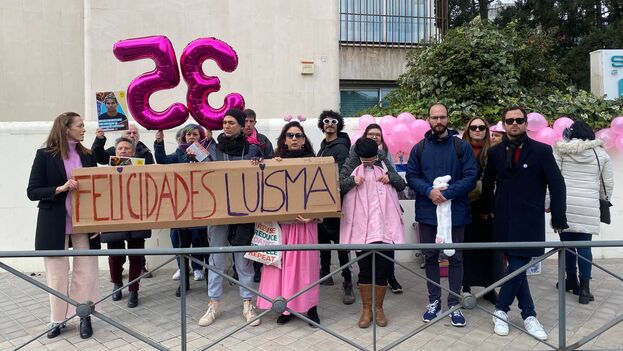
![]() 14ymedio, Madrid, 2 December 2022 — About twenty activists from Amnesty International (AI) and friends of Luis Manuel Otero Alcántara gathered this Friday in front of the Cuban Embassy in Madrid to remember the birthday of the artist, who has been in prison since July 11, 2021, and to demand his release .
14ymedio, Madrid, 2 December 2022 — About twenty activists from Amnesty International (AI) and friends of Luis Manuel Otero Alcántara gathered this Friday in front of the Cuban Embassy in Madrid to remember the birthday of the artist, who has been in prison since July 11, 2021, and to demand his release .
